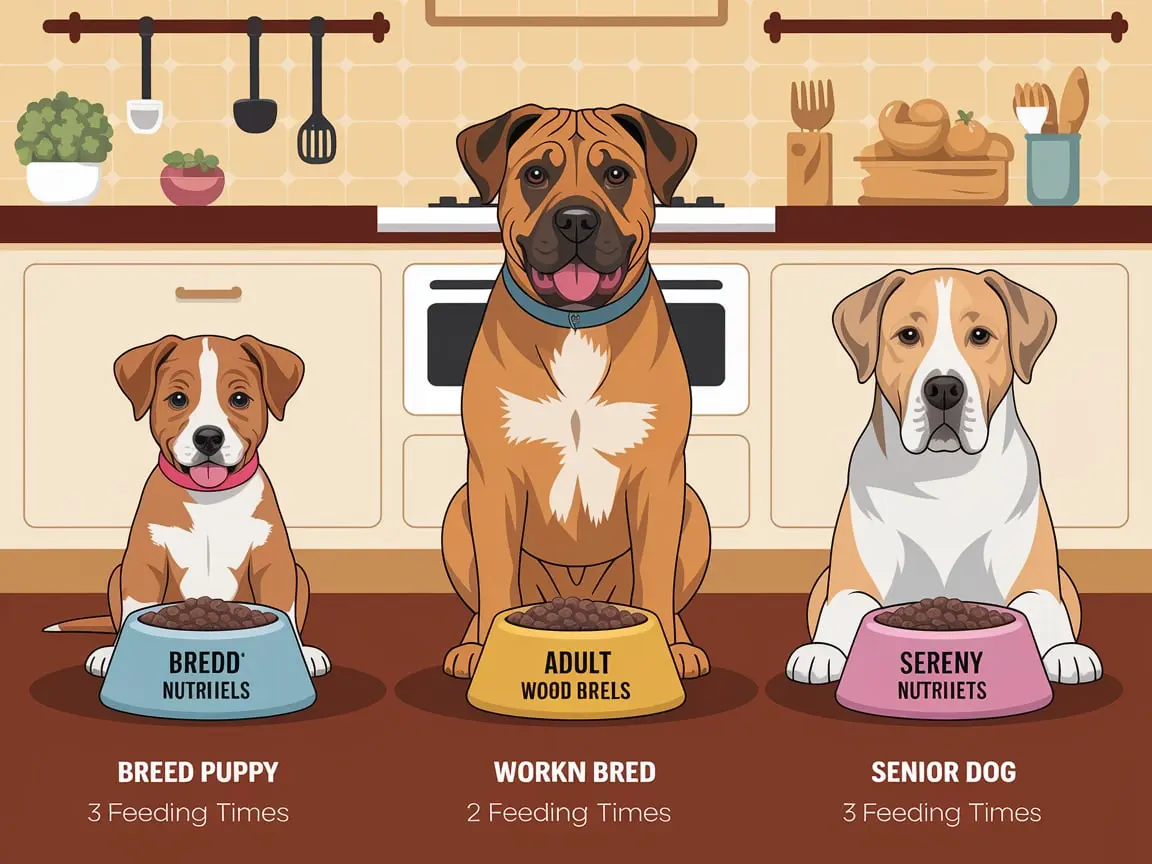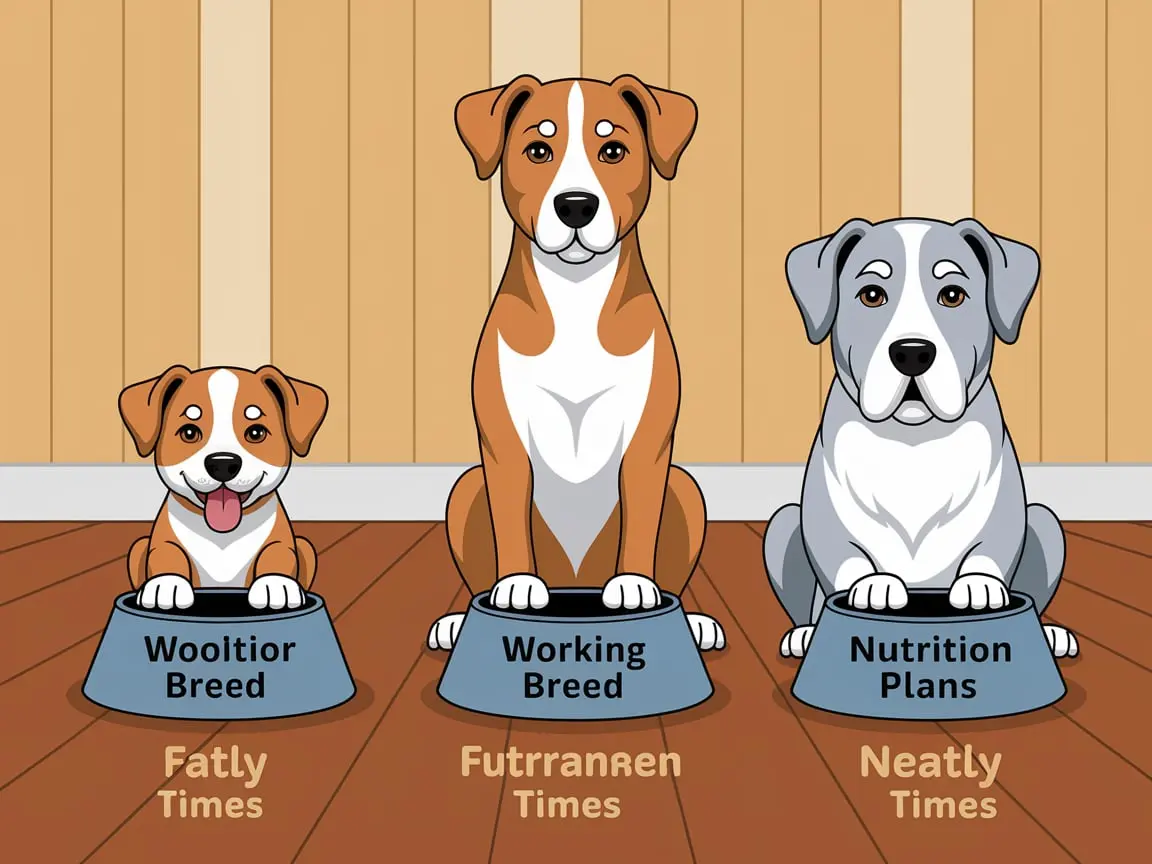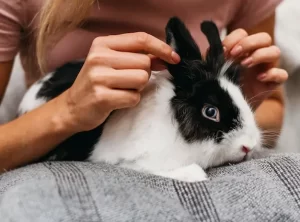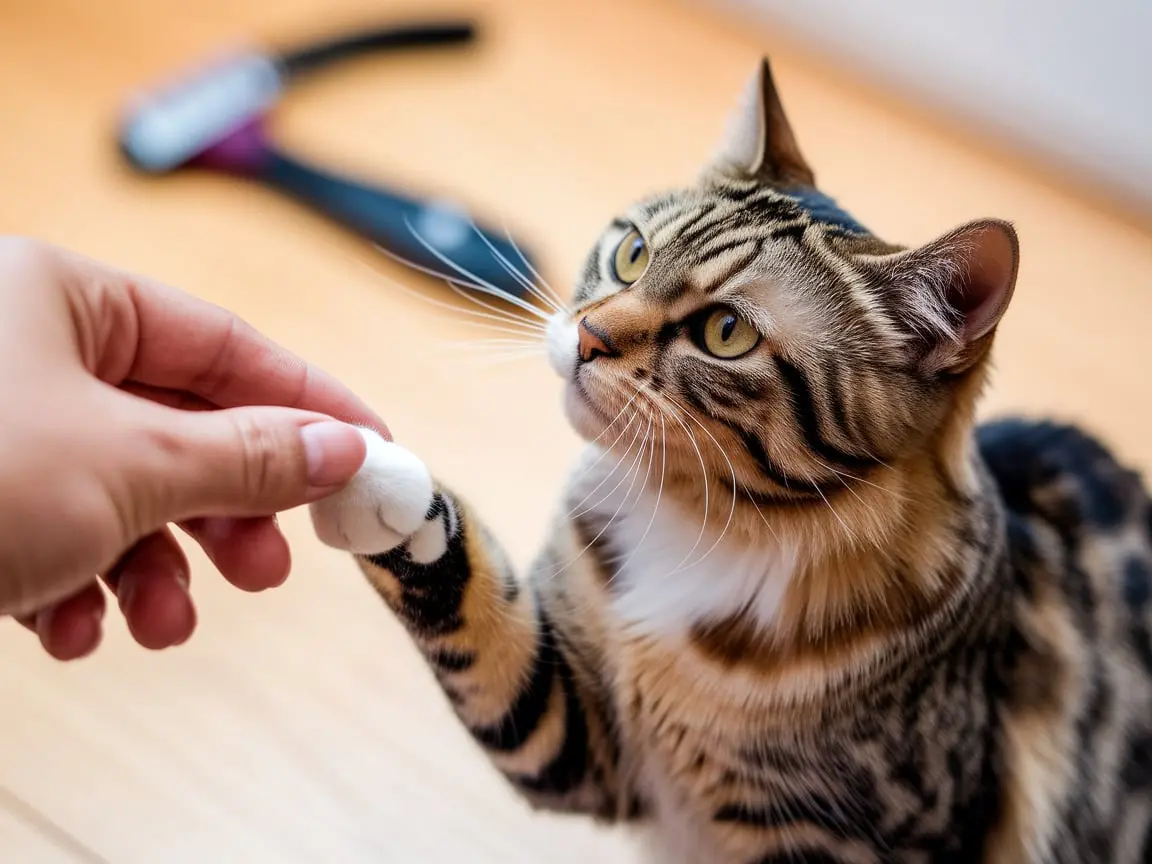Feeding your dog may seem simple — but doing it right can drastically impact your dog’s lifespan, behavior, and energy. Breed, age, and activity level all play key roles in determining the ideal diet.
Whether you’re raising a bouncy puppy or caring for a senior companion, this guide will help you make informed choices to ensure your dog thrives at every stage of life.
Feeding by Breed: Why Size and Genetics Matter
Dog breeds come with their own unique needs. For example:
- Small breeds like Yorkies have fast metabolisms and need calorie-dense meals.
- Large breeds such as Great Danes require joint support and slow-growth formulas.
- Working breeds like Border Collies or Malinois need high-protein, high-fat diets to sustain energy.
Breed-specific feeding matters not just for energy levels but also for preventing issues like obesity, joint damage, and allergies. Don’t fall for “one-size-fits-all” feeding plans.
If your active dog enjoys long walks or playtime after their session at mobile grooming Abu Dhabi, consider adjusting food portions to match calorie output.

Feeding by Age: Puppies, Adults, and Seniors
A dog’s age changes everything — especially their metabolism and digestion.
- Puppies need 3–4 meals per day with extra calories and nutrients to support growth.
- Adults should have consistent feeding schedules and portion control to maintain ideal weight.
- Senior dogs benefit from lower-calorie diets with added fiber and supplements for joint health.
As dogs age, their nutritional needs shift dramatically. Skipping these changes can lead to weight gain or health issues later.
If your dog is a senior and also a regular at dog grooming Abu Dhabi, ask your groomer to check their coat and skin health — it often reflects dietary balance.
Feeding by Activity Level: Fuel for Every Lifestyle
Not all dogs burn energy the same way. Consider these three levels:
- High-activity dogs (like hunting or agility dogs) need energy-dense foods.
- Moderately active dogs (household pets with regular walks) need balanced portions.
- Low-energy dogs (senior or sedentary pets) benefit from lighter, low-fat diets.
Remember, an underfed active dog can become lethargic or anxious, while an overfed couch potato may face obesity.
Even daily walks, training sessions, or playing fetch after a visit to pet grooming Abu Dhabi can influence how many calories your pup needs. Adjust accordingly and always provide fresh water.
Additional Tips for Smart Feeding
- Use a digital scale or measuring cup for accurate portions.
- Avoid frequent treats that throw off meal balance.
- Transition food gradually to avoid stomach upset.
- Consult your vet before making drastic diet changes.
And don’t underestimate the grooming-diet connection. A dog with a shiny coat, healthy teeth, and strong nails is often one who’s eating the right food.
Final Thoughts
Feeding your dog isn’t just about filling a bowl — it’s about fueling a lifestyle. With careful attention to breed, age, and activity level, you’ll be able to optimize your dog’s health and energy for years to come.
Next time you’re scheduling a bath or trim with pet grooming Abu Dhabi, take a moment to evaluate your dog’s physical condition. Coat dull? Gaining weight? It might be time to adjust their diet.
Small choices lead to big changes. Let food be one of the smartest decisions you make for your dog’s well-being.




